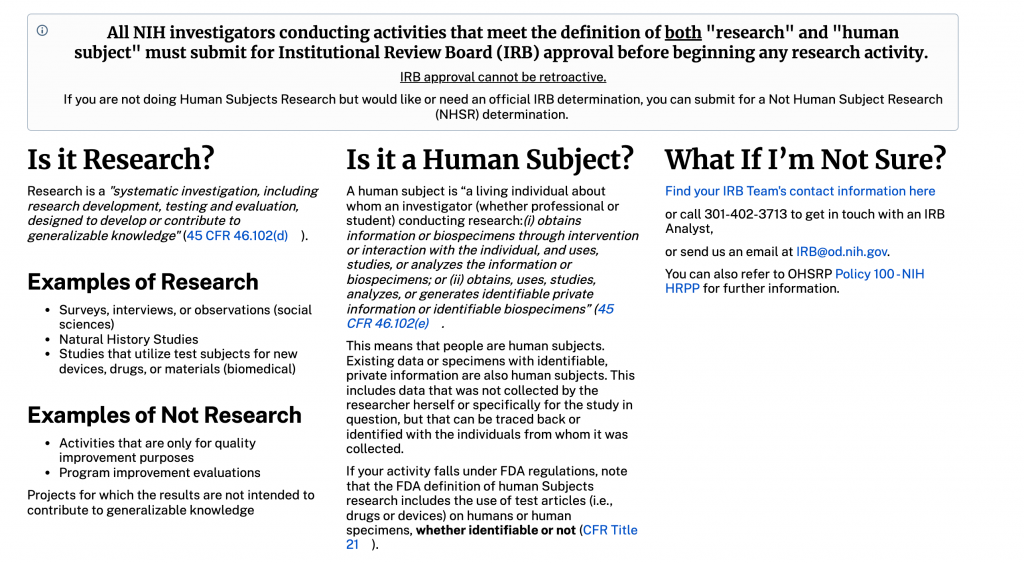Hi everyone! I decided to not make this week as strenuous due to the heavy workload I had in my other classes. So, I was mainly just talking to my parents (both doctors) as well as a family friend about possible solutions, as well as researching what solutions could be implemented.
In America, there are two possible solutions, completely switching to socialized system in which healthcare is centralized through the government, or switching to a free market with enough regulation to avoid human rights atrocities. To see how this would work, let’s look at two examples of other countries implementing these opposing methods: Canada, a world-renowned socialized/centralized system. However, there really is no model country for what free-market healthcare would look like, but I found this Forbes article which tells us what it would look like in an ideal world.
Canada is one Western country to boast socialized medicine. 68% of citizens voice trust in the healthcare system, but let’s look at some data points.
→ 80% of Canadians aged 15+ access specialty/first contact health care easily
→ Average wait time in the emergency department = 3-4 hours
→ Average MRI wait time = 2 months
→ Average CT wait time = 1 month
→ (Estimate) Value of time lost due to wait times in Canada = $1,200
→ Dr. Brian Day: “[d]elayed care often transforms an acute and potentially reversible illness or injury into a chronic, irreversible condition that involves permanent disability.” which is seen in Canada.
→ A recent report concluded that between 25,456 and 63,090 Canadian women may have died as a result of increased wait times between 1993 and 2009.
→ Rural Indigenous communities still rely on outside sources of healthcare— Canadian centralization has failed them because they are the marginalized group of Canada
Now, what would free market healthcare look like?
→ Promotion of choice in healthcare: there is a high quality plan for more, or a low quality plan for less. You choose what you want to spend on.
→ Competition to lower prices among healthcare companies.
→ However, there could be a rise of healthcare modeling laissez-faire capitalism in which there are a rich few and a poor many.
→ Would discriminate against marginalized groups even more (poverty is a form of marginalization)
As we can see, there are pros and cons to both systems. Centralized healthcare offers access to much more of the population, but there is still a huge disparity in access for marginalized groups, and there are incredibly long wait times. Free market healthcare offers freedom of choice and competitive incentive, but there would be the creation of a larger wealth gap and even more discrimination.
There is no one size fits all that will benefit everyone. However, it is our jobs to create a system that will benefit as many people as possible, and filling in the gaps where others have failed.
Thank you so much for reading!
Sources:
- Canada is Not a Good Example of Universal Healthcare
- Access to Health Services as a Determinant of First Nations, Inuit, and Metis Health
- Difficulty Accessing Healthcare Services in Canada
- % of Adults in Select Countries Worldwide Who Agreed That Many People in Their Country Could Not Afford Good Healthcare as of 2021
- % of respondents worldwide who were satisfied with their country’s national health system as of 2019, by country

